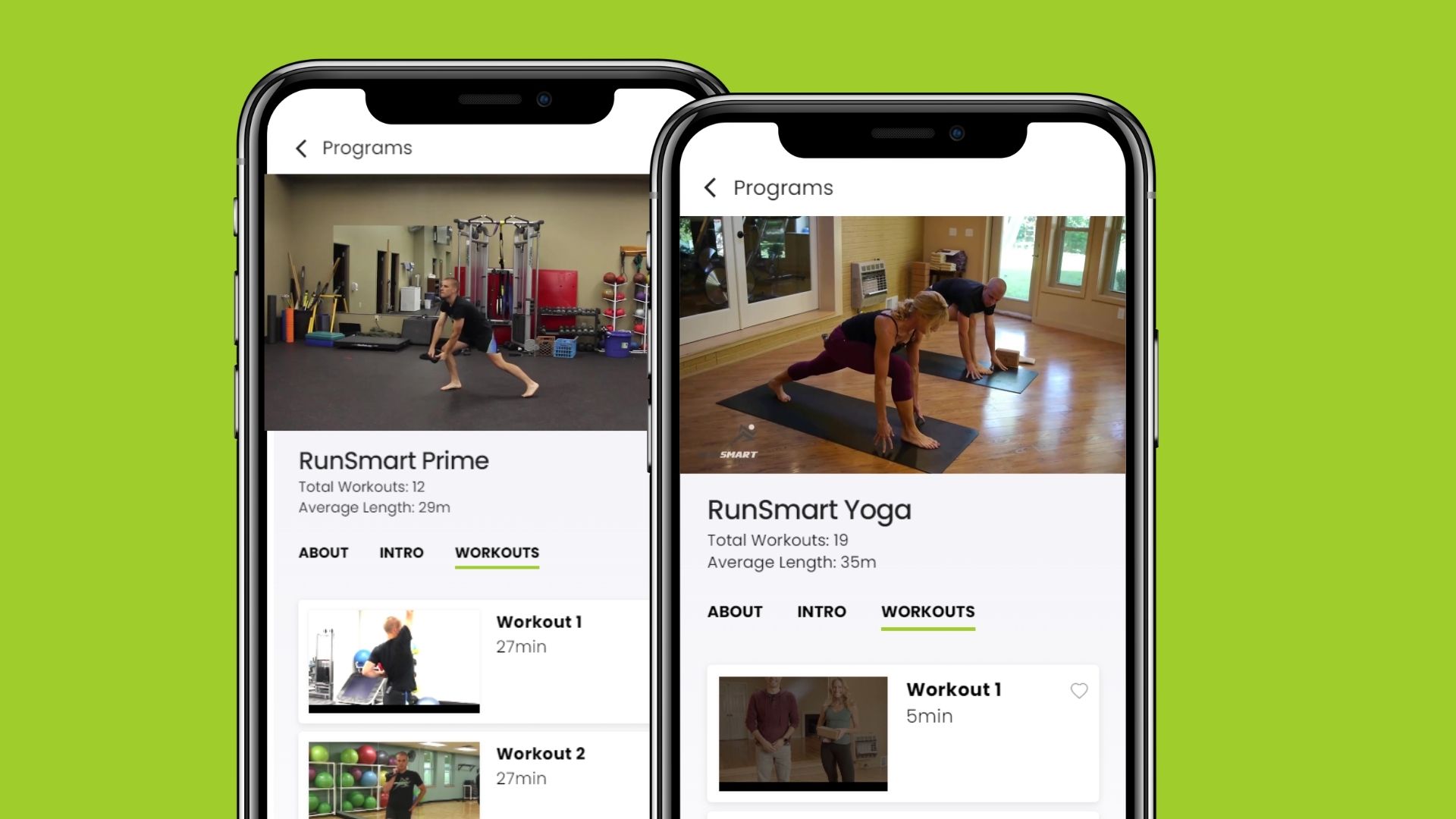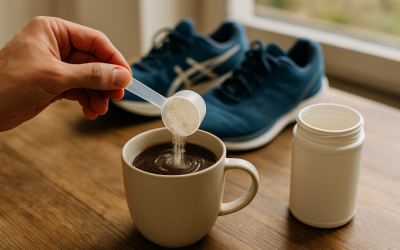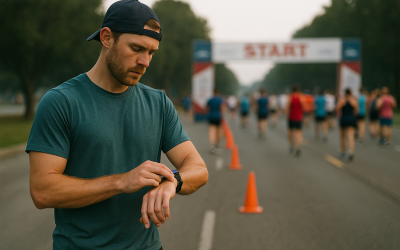Tired of running-related injuries?
Previous studies find upwards of 50-79% of runners annually experience an injury.
The trouble is that most runners will look for off-the-shelf solutions: inserts and new shoes topping the list of quick fixes.
As a physical therapist, I find that most injuries multi-factorial. It’s a sum of the parts: training, strength, flexibility, and running form
Running form is often the most unassuming contributor.
Making changes to run form can be challenging — especially if you’re unsure where to start.
Here are some tips to keep in mind when changing your running form:
- Address overstriding first
- There’s much to work on when running, but overstriding comes first. Most runners reach too far when they run. A straight knee and upward pointed toes at impact is a dead giveaway.
- Adopting a midfoot strike allows you to tap into your body’s natural springs and shock absorbers. Doing so can reduce injuries AND boost performance.
- Make small changes gradually
- The body hates abrupt changes, even if they are good in the long run.
- Focus on a few minutes per run or every couple of miles to gradually introduce new form into training
- Remember that changing your form takes practice
- Just like learning a new skill, it takes time and repetition to make it a habit.
- According to a study by Phillippa Lally, a health psychology researcher at University College London, it takes 66 days to form a habit on average.
- It’s easier to maintain good form when you’re legs are fresh. It will take concentration and practice to sustain when you’re fatigued.
- Run form is more than changing how you move
- Supporting run form with good flexibility and strength will free up the motions that make you’re running smooth
- Focus on the core, glutes, hips, and ankles
It might seem like a daunting task to change how you run. It’s not. With the right tools and training, runners, both new and experienced, can make meaningful changes that add life to your running career.
Begin by making small changes and gradually increase over time. Remember that it takes practice and repetition to make it a habit, and it may take up to 66 days to form a new habit.




